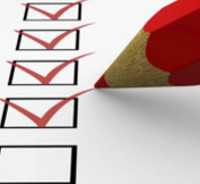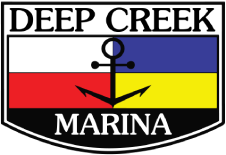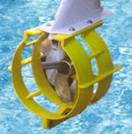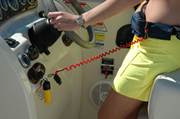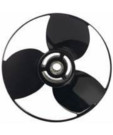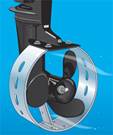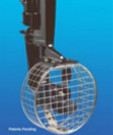
Deep Creek Marina Dangers
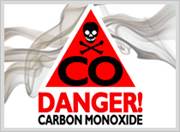
WHAT IS CARBON MONOXIDE?
Carbon monoxide (CO) is a colorless, odorless, and tasteless gas. It is produced when a carbon-based fuel -- such as gasoline, propane, charcoal, or oil -- burns.
CO Sources on your boat may include engines, gas generators, cooking ranges, and space and water heaters. Even engines with catalytic converters produce some CO.
WHY IS CARBON MONOXIDE SO DANGEROUS?
Carbon monoxide enters your bloodstream through the lungs, blocking the oxygen your body needs. Prolonged exposure to low concentrations or very quick exposure to high concentrations can kill you.
Early symptoms of CO poisoning include irritated eyes, headache, nausea, weakness, and dizziness. These symptoms are often confused with seasickness or intoxication, so those affected may not receive the medical attention they need.
HOW CAN YOU PROTECT OTHERS & YOURSELF?
- Know the signs of CO poisoning.
- Know where & how CO may accumulate in and around your boat.
- If you can smell engine exhaust, you are inhaling CO.
- Follow all warnings and instructions for canvas, engine, & blower operations, etc.
- Maintain fresh air circulation throughout the boat at all times.
- Know where your engine & generator exhaust outlets are located & keep everyone away from these areas.
- Stay off the back deck & the swim platforms while the engines and/or generators are running.
- Never enter areas under swim platforms where exhaust outlets are located.
- Although CO can be present without the smell of exhaust fumes, if exhaust fumes are detected on the boat, take immediate action to ventilate these fumes.
- Treat symptoms of seasickness as possible CO poisoning. -- Get the person into fresh air immediately. Seek medical attention -- unless you're sure its not CO.
- Install & maintain approved marine-grade CO detectors. -- Every alarm requires immediate action.
- If CO is suspected, turn off all engines & open all hatches, windows & ports to ventilate. -- Changing course & speed to place boat heading into the wind can improve ventilation.
- Maintain your engine in accordance with manufacturers' recommendations. Engines that are not tuned properly produce more CO.
- Use CO Safety Checklists each trip, as well as annually, in order to maintain CO safety!

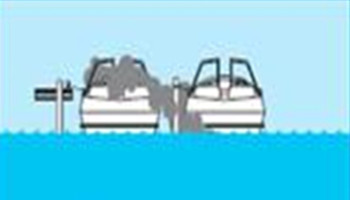
Exhaust from nearby vessels can send CO into your boat's cabin or cockpot.
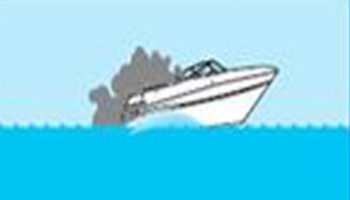
Back drafting can occur when a boat is operated at a high bow angle.
*If you could see Carbon Monoxide accumulating around your boat, it might look like this.
For Safety Checklists & More CO Safety Facts!
Understand The DANGER of Propeller Strikes!
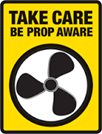
Did You Know?
What Can You Do?
- Be aware of what is going on around you! The captain of the boat is in command and must take responisbility for the safety of people in and around the boat.
- Always wear your ignition cut-off switch lanyard. If the lanyard is pulled from the switch, the engine will shut off allowing the prop to slow rapidly and then stop.
- Always assign a passenger to keep watch around the propeller area of the boat when people are in the water.
- Wear your life jacket and instruct all passengers to do the same.
- Read and follow all the safety instructions in your boat and engine operator's manuals.
- Have your boat's steering system inspected annually by a certified technician for signs of premature wear.
Safety Devices
A variety of safety devices are available to help prevent propeller strikes:

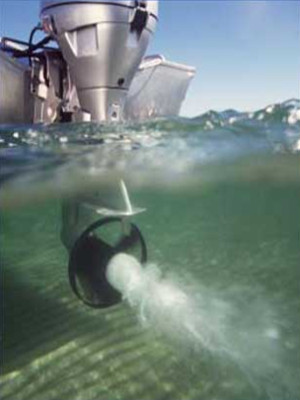
RingProp is not somply a converntional propeller with a surrounding ring. It is the result of year of research and development, and the evolution of advanced software design programs developed by our technical staff
No exposed blade tips - the potentially lethal "filleting" tips of the conventional propeller have been eliminated
Greater maneuverability and thrust - the directional flow of the water is controlled by the ring rather than being thrown off the edged of the blades
Torque steer - the tendency for the boat to steer in the direction of the propeller rotation is eliminated.
Propeller "blowout" or "aeration" which results in a conventional propeller "stalling" in high speed turns, simply does not exist. Spin the wheel into a 180° turn with no loss or performance.
RingProp combats the fouling of another ropes, mooring lines and weeds - no exposed lips to catch and spin the obstruction around the propeller shaft.
Durability - a RirigProp has no exposed lips to shatter or splinter when striking underwater objets. The ring links the blades ensuring incredible strength.
Exhaustive testing has shown that RingProp will remain lntact and operating long alter a conventional propeller has been destroyed by underwater objects such as rocks, coral reels, and other submerged objects.
RingProp can be easily repaired. The ring maintains the integrity and sliape oi the propeller - it is only the leading edges Elf the blades that may require some repair.
RingProp is a simple concept, but a diuicult engineering project, that has been perfected.
**Taking a Boating Safety Course is the best way to prepare for a safe and enjoyable time on the water. For more information, go to https://boating.ucsc.edu. As a boat owner or operator, you are responsible for your safety and the safety of your passengers. That's why the US Coast Guard reminds you: "You're in Command. Boat Responsibly!"
Marine Fuel System Safety
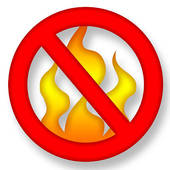
THE FACTS
Everyone who owns or operates a boat must practice fire safety. Each year, boat fires and explosions injure hundreds of individuals and cause millions of dollars in property damage. Many of these accidents can be prevented.
Be alert for damage to your boat's fuel system. Over time, fuel fittings and fuel hoses wear out. Inspect these fittings and hoses regularly, especially near the engine where engine heat and vibration can accelerate deterioration.
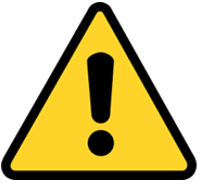
WHAT TO DO
1. Schedule regular engine and exhaust system maintenance inspections by experienced and trained technicians.
2. Inspect fuel systems annually, particularly hoses, connections, and tank surfaces. Use only USCG-approved hoses.
3. Before fueling, shut down engines and auxiliary equipment and all electrical equipment. Also close all hatches and doors on board
4. Do not allow equipment or gear to contact fuel-system components. Monitor side storage area where fill and vent hoses are often locatep
5. Do not store portable fuel tanks in enclosed areas, including the engine room compartment (even though it may be "ventilated").
6. If your boat is equipped with a ventilation system, ensure that all blowers and hoses are operational and intact. Verify good airflow at the vent located on the boat.
7. Take a boating safety course and learn the correct type and use of a fire extinguisher aboard the boat.
**REMEMBER**
IF A LEAK IS SUSPECTED OR FOUND - DO NOT OPERATE YOUR BOAT UNTIL THE SOURCE OF A LEAK IS IDENTIFIED. HAVE A QUALIFIED SERVICE TECHNICIAN CORRECT THE CONDITION IMMEDIATELY!
NEVER USE A MATCH TO INSPECT FOR LEAKS!
FUEL SYSTEM SAFETY CHECKLISTS
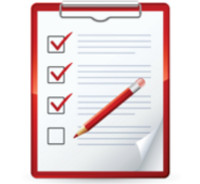
Before Each Trip:
At Least Annually (Performed by a qualified marine technician):
